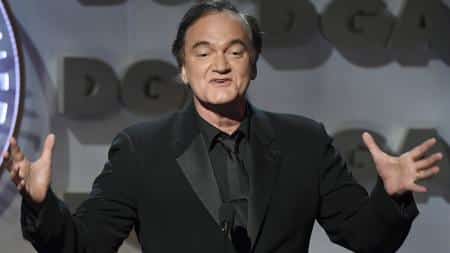 Tarantino, now the author of a book with reflections on cinema
Tarantino, now the author of a book with reflections on cinema
On his 60th birthday this Monday, the North American screenwriter and film director Quentin Tarantinoejected to Hollywood Olympus after a fascinating and at times disruptive film career, is still discussing casting decisions for films released more than 40 years ago,
reports behind the scenes of the hiring of Ali MacGraw for the role of Carol in “The escape” by Sam Peckimpah where he shared the bill with Steve McQueen or explains why “Rocky” ended “with the cynicism” of American cinema of the 70s.
All this, and many more things, happen in the wonderful book “Cinema Meditations”the first non-fiction published by the director of “Violent Times” and “Jackie Brown”, which has just been distributed in Argentina through the Spanish edition of the Reservoir Books label by the Penguin publishing house.
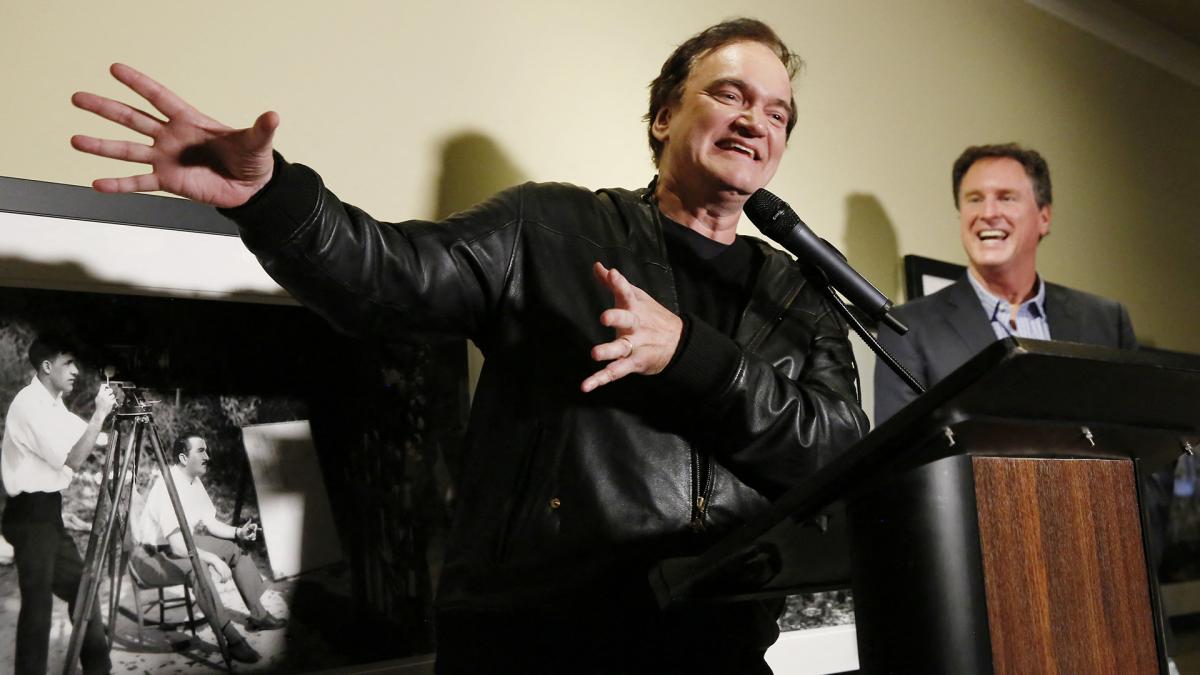 The filmmaker places emphasis on the cinema of the 70s.
The filmmaker places emphasis on the cinema of the 70s.
What Tarantino’s book (March 27, 1963, Knoxville, Texas) makes clear, winner of the Palme d’Or in 1994 and two Oscars for best screenwriter (1995 and 2013)is the persistence of an inalienable and declared love for the cinema that was born, according to what he tells in the first chapter (“Little Q sees great movies”), when he was seven years old and he attended with his mother and her partner at the Tiffany Theater on Hollywood Boulevard to see a double session of the controversial “Joe” by John Avildsen and “I love mom, but…”, by Carl Reinerthat forever changed his life, and perhaps that of many others.
As a good lover, Tarantino keeps his fire intact, as well as his vehemence, and does not overlook failures or betrayals, even when they were old; criticizes, sometimes brashly, erroneous decisions as well as extols others; He has been moved by certain sensations aroused by certain films: what happened in the room; how the public reacted to a certain scene from a certain film, for example.
He also dissects scripts, consults technicians, producers, directors, wives of actors or writers on specific issues in the production of a specific film or narrates the crazy behind the scenes of certain decisions that changed the subsequent fate of a film and explains, for example, why “Taxi Driver” -a film that he adores- is the “bastard son” of “Dirty Harry” and a remake disguised as the reactionary “More heart than hate”, by John Ford starring John Wayne.
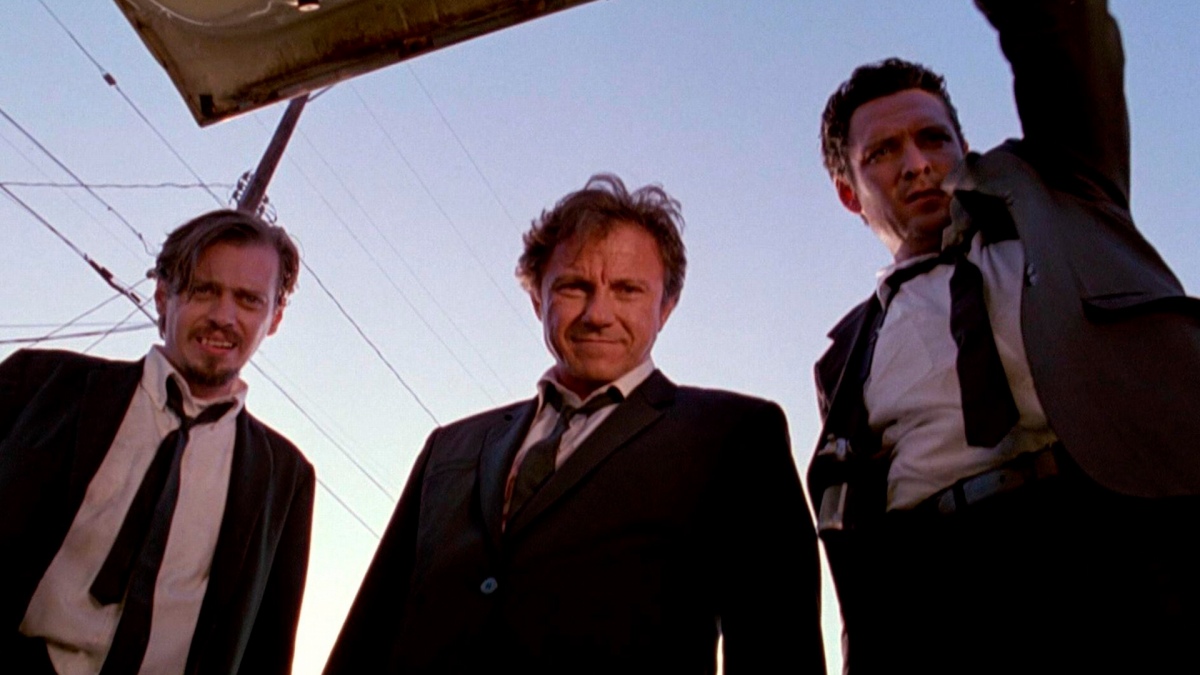 “Rut Dogs”, directed by Tarantino
“Rut Dogs”, directed by Tarantino
All this, and many more things, like a declared love to Spìelberg and “Jaws”transform Tarantino’s book, which spares no personal impressions, into a stupendous class of cinema, essential and irreplaceable for understanding North American production of the last 60 years and, above all, what came from New Hollywood, which is beginning to It began in the late 60s and consolidated in the 70s, forever changing the production paradigms of the major studios, a turbulent time that he portrayed in his latest film, “Once upon a time in Hollywood.”
A passionate movie buff from the age of seven, accompanying his mother and their boyfriends to all movie shows, At 16, Tarantino became an usher at Torrance’s Pussycat Theatre, to later run a video store, become a critic, a screenwriter and then a film director.
“From that moment -he says about one of those experiences as a little movie fan at the age of 9-, I’ve spent my entire life going to movies and making them, in an effort to recreate the experience of seeing a newly released Jim Brown movie on a Saturday night in a theater with a black audience in 1972.”
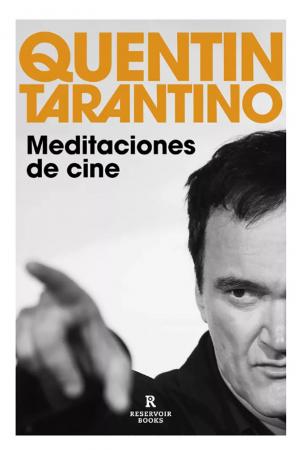
Then Tarantino, takes movies (between 1968 and 1980), one per chapter and tells various stories, who made it, where they come from, what they meant, why this one or why that one, how they were received, ask the scriptwriters why why they eliminated such a sequence or narrates how it was that such a director kept a film, and in some cases (Brian De Palma-Martin Scorsese regarding Paul Schrader’s script for “Taxi Driver”) is encouraged to imagine what the film would have been like if it had been directed by the other.
Some films that go through the book and serve to talk about the “star system”, look back and forward, discuss the reactions and expectations of the public, mark lines of continuity and rupture in American cinema are “Bullitt” (1968). , by Peter Yates with Steve McQueen; “Dirty Harry” (1971), by Don Siegel with Clint Eastwood; “Deliverance” (Violence is in us”, in Argentina) (1972), by John Boorman; “La fuga” (1972), by Sam Peckimpah; “Sisters” (1973), by Brian De Palma; “Rocky” and “Rocky II” (1976 and 1979) John Avildsen and Sylvester Stallone, among others.
Tarantino’s notes on “Dirty Harry: “If Siegel had an advantage over his predecessors or contemporaries in action cinema, it was his tendency to introduce bursts of brutal violence into his films, often when the viewer least expected it.”
O: “It takes a great filmmaker to totally corrupt an audience” about the public’s acceptance of characters of dubious morality; either: “the brilliant performance of Andy Robinson (the serial killer in the film), as his character’s methods befit a new villain in the world of cinema”.
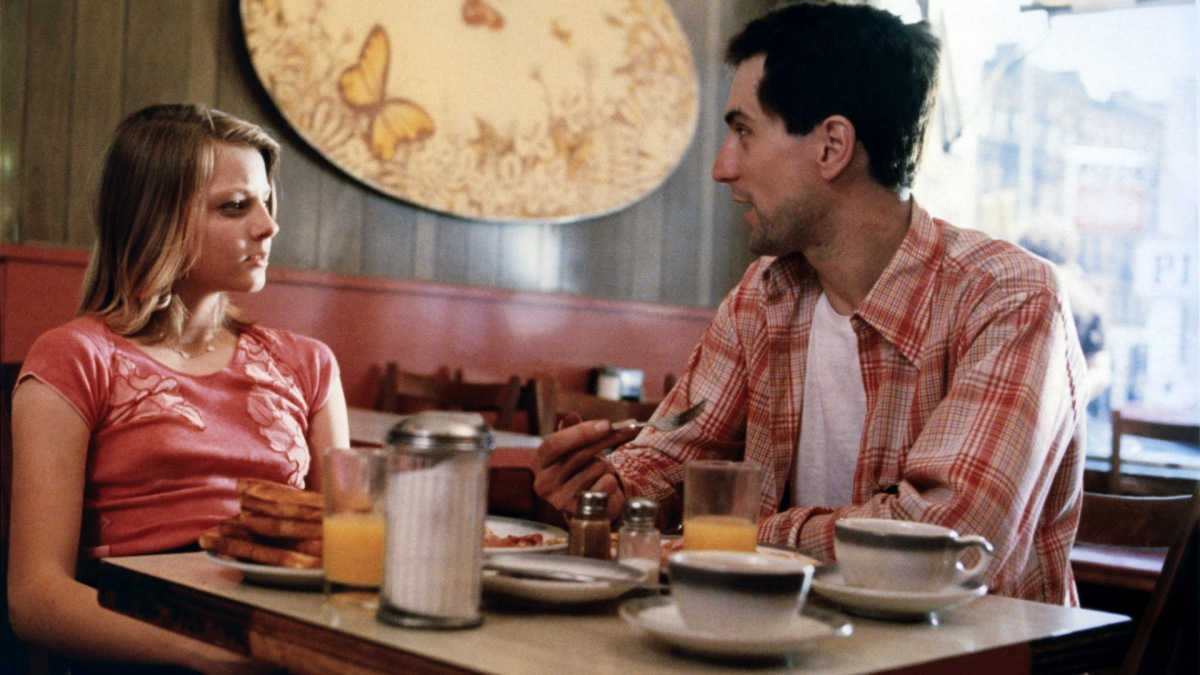 Robert de Niro and Jodie Foster in “Taxi Driver”, one of the films loved by Tarantino
Robert de Niro and Jodie Foster in “Taxi Driver”, one of the films loved by Tarantino
In “La fuga”, he tells, for example, all the behind the scenes of the choice of McQueen’s female partner, why one was more appropriate than the other and how the film would have been modified if they had given the role that fell to MacGraw to actresses who ultimately did not receive it (Faye Dunaway, Stella Stevens, and even Cybill Shepherd when Peter Bogdanovich could have directed it).
And he also interrogates the screenwriter (Walter Hill) why they took certain directions in the film differently from the Jim Thompson crime noir on which it is based.
Even Tarantino points out: “While I love Peckimpah’s ‘The Getaway’, it has irritating flaws that are the director’s fault”and lists them.
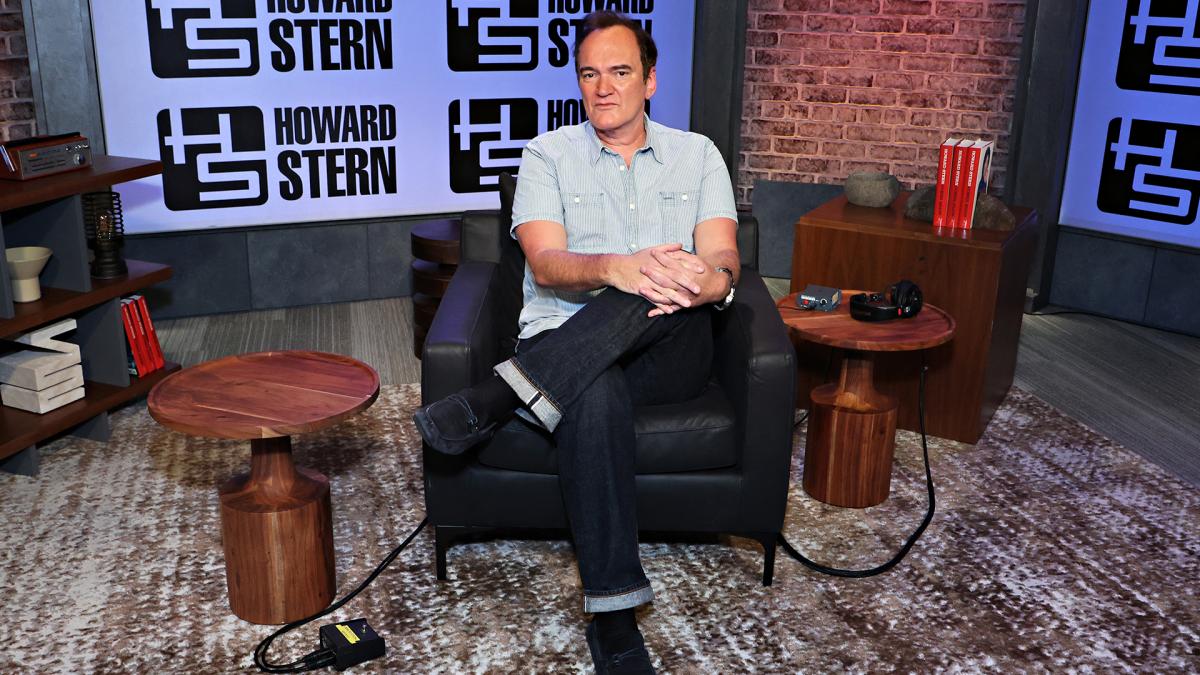 The filmmaker, simple controversial, speaks of cinema without mincing words.
The filmmaker, simple controversial, speaks of cinema without mincing words.
Later talks about the opposition cinema of the 70s with a climax in “I am looking for my destiny” by Denis Hooper to later move on to the generation of “movie brats”, perhaps with which he most identifies and which was made up of Coppola, De Palma, Bogdanovich, Scorsese, George Lucas, Spielberg, Schrader, among others.
“These are the first generation of filmmakers who grew up watching movies not only in the theater but also on TV. I mean, they saw a lot of movies.”
And regarding that and the choice of genre films by these filmmakers, he comments on “Jaws”: “Nothing done before could compare to it, because for the first time the man at the helm was not Richard Fleischer or Jack Smight carrying out a studio assignment but a brilliant filmmaker who was enjoying precisely that kind of film he was making.”
The only weakness of the book is its translation, Tarantino’s colloquial and almost street tone, at times, leads to a choice of a Spanish that Argentine readers are little used to or on which we must do a second translation exercise; Phrases like: “Joe, with his delusional bullshit, is to die for”, which are repeated, similarly, throughout the book.
Beyond that, a wonderful and stimulating material, ideal to read with the collection of films next to it and watch them one by one.


